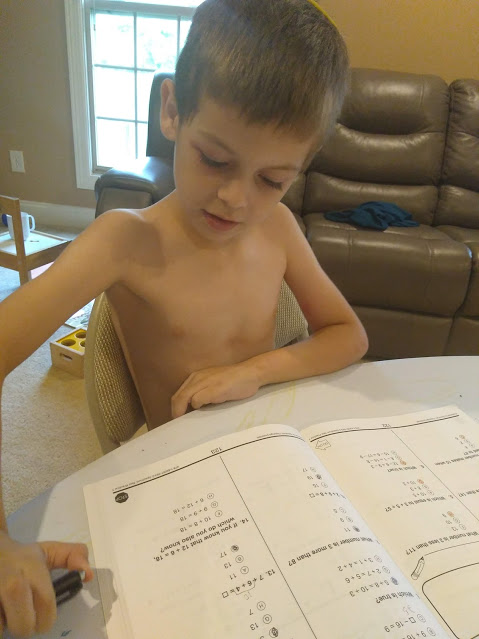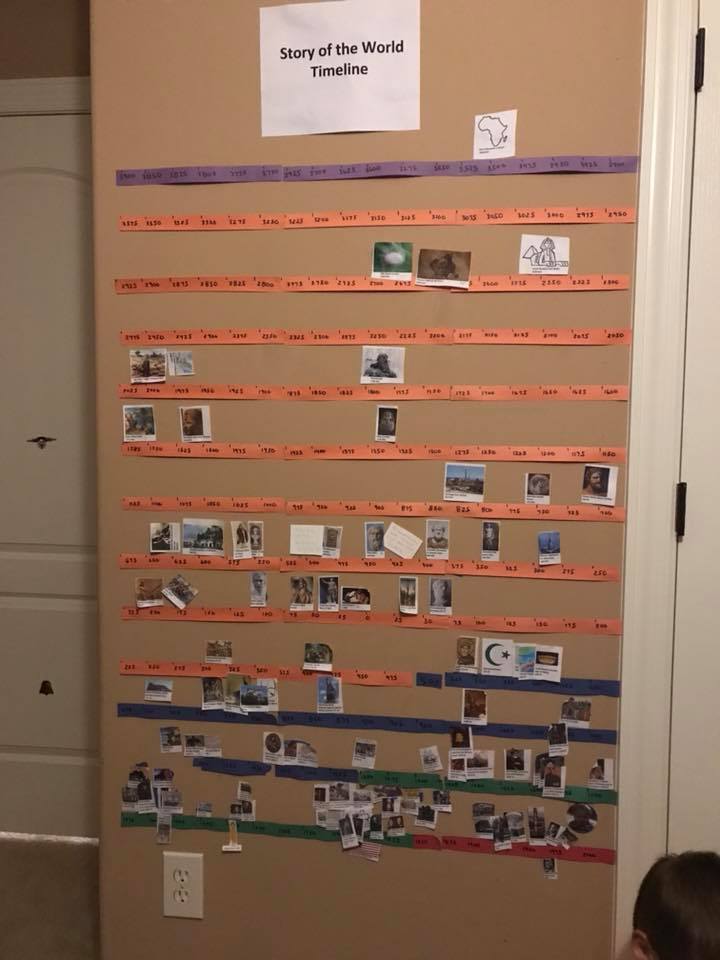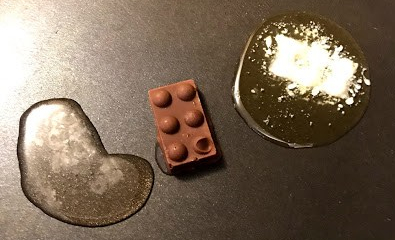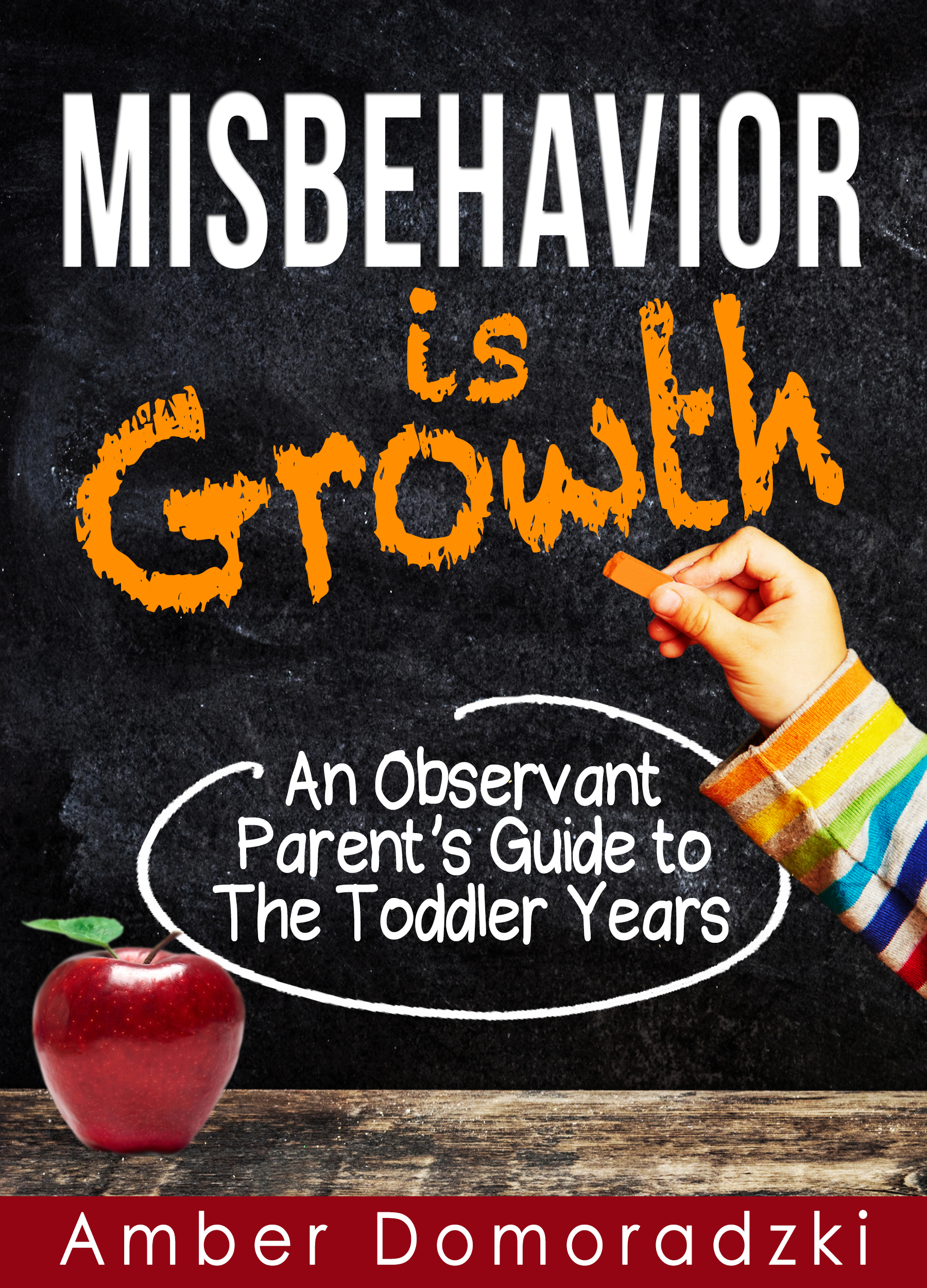It is totally infuriating to me when someone says something like “Only 20% (sometimes 5%) of students think and work hard at school. The rest of them are lazy and will fail.”
Really? A 80-95% fail rate and the problem is the students? No wonder Progressives hate education: it’s a waste of time!
Yes, traditional education is bad. It’s bad because it’s evaluative. It puts too much responsibility on the child. It gives very little thought or support to the needs of a child in how they learn, then expects performance. Those who make it, make it. Those who fail–the 95%–are losers.
But I take serious issue with Progressives who say to simply delay education or to simply have less of it. It’s as if they want to fight poison by taking less of it. No, education needs a fundamental uprooting from bottom up and top down. We need to learn a better, more accepting, more playful language while educating our children. You see that’s the whole thing: it can be and should be a joy. But you need to get away from this blame-oriented and evaluative approach. Completely.
Bad traditional approaches start when children learn to read. When a child is learning to read, they are likely taught letter sounds, but when decoding the letters in a word, they get very little assist. All responsibility is put on them–and anything else is seeing as giving away the answer, which will somehow result in children “just memorizing words in any haphazard way.” They are told, for instance, to sound out “c-a-t” on their own. The adult might say, “Come on, you can do it, you have to do it … what does this say … come on, ‘c,’ ‘c,’ ‘c’ …. oh why bother. It’s like pulling teeth.” It’s too much. It’s too much to ask a child to decode the sounds and make a word, without any further assists.
In the approach I put together, how to do this is broken down into the simplest of steps and the child is given the most easy of assists to get to the happy result of reading. For instance, at one step, to teach a child to read, they match the movable letters “c,” “a,” and “t” to those very letters spelled out right in front of them with a picture of a cat there. Through this simple matching game, they start to get the idea. It’s so easy. It’s a joy. And they read. See my program here: Get Children Reading! We can’t just delay reading until children are 7. We must get better at it. (And if you want to delay it, that’s your right, but please outline how you would do it. Simply delaying it is not enough of an answer.)

As far as “learning in any haphazard way,” actually their brain is geared to integrate. Giving them answers in straight forward ways doesn’t result in chaos, it results in remarkable clarity and precision. You see, that’s the whole secret: trusting their mind and its drive to learn.
Now take math. Math is an exciting topic. Read through the history of the development of math, and it’s a riveting, breath taking story with drama, persecution, and triumph. But children don’t know that. They aren’t taught the history of math, just the end results, which they are expected to master in nothing but a mechanical way. It is notoriously an awful subject for the majority of children.
Of course it meets this fate. The teaching of math is thick with the idea that the child must perform on their own, using methods that actually stunt their natural curiosity in numbers. See this study about the harmful effects of carrying and borrowing which found that teaching children to carry the 1 cause them to get worse at mental math between second and forth grade. Children aren’t allowed to have calculators when solving problems. They can’t look at the back of the book for answers. They might be expected to stand up and say memorization tables from memory.
There are much better ways. When a child must memorize addition facts or multiplication tables, they bypass crucial steps to play around with those tables and notice patterns. Like, “Wow. 9 + 2 is 11. I can break that up into 9 + 1 to make 10 and 1 more is 11.” If they learn it like this, they learn it. They also set up better foundations for later like “99 + 32 can be broken up into 100 + 32.”
When we do math at our house, we do it as a joy. We sit with calculators out. My children always have the right to look at the back for the answer. When I teach a new concept, the answer is right there in front of them. For instance, when my son wrote 1 – 100 on a 10 X 10 grid, I did one right alongside with him and gave it to him so he could see the answer. He still struggled with it. He still thought about it and did it. It was not just busywork to copy. It was a clear assist, a conceptually clear concept, a clear demonstration of what was right. It reduces needless complexity and confusion, which allows him to move on to bigger challenges. I let him have a calculator (he is currently 6) and he often uses it to solve real world problems. He loves to do patterns on it like “what happens if I keep adding 3 over and over again?” It’s an incredible learning tool. That it is ubiquitous for teachers and parents to deny a child a calculator out of a fear of cheating is … it’s maddening. It’s criminal. We’re not raising children to do only that which a calculator can do.
Here is my daughter, at 3, counting the dots on 3 dice to add 3 + 5 + 2. It’s a hand-on way to learn and the answer is right there: you can physically see that 3 and 5 and 2 make 10. We are playing a “Tic Tac Toe Math” game. I include also the picture of the look of joy on her face after she added the numbers:


When we do any educational activity in our homeschool, we approach it with joy. It should feel like you are cozied up in warm blankets, drinking a coffee, and learning. It should not feel like pressure or a fight.
This is my son happily doing work out of a workbook. Once I started doing “Workbook Buddy” with him where I do a question then he does a question, he finally liked this work. In fact, after a few questions, he often takes over. When I tried just giving it to him, after but a few examples, putting the responsibility on him to finish the work (something not important to him in the least) he all but revolted.

Or take history. History is a great adventure–the story of all stories to tell. Yet it’s reduced to facts and figures in boring text books.
We told history as a set of stories, one after the other, and put them on a timeline in my son’s bedroom. His memory of the stories is beyond stunning. We can bring up almost anything–from WWII to St. Nicholas–and he remembers it and applies it to life situations. Maybe because he wakes up to this timeline every day, which he can ponder at will:

Finally, the last subject I want to look at: science. One of the worst practices in traditional approaches is demanding a child develop a hypothesis before a science experiment is done. Teachers do this, “What do you think will happen Guess!” And that’s what it is: a guess. That’s not how hypothesis work. Hypothesis are educated guesses. Asking a child, who has no experience with what you are about to do, to guess is making an uneducated guess. And it shows the absurdity of this pure “cognitive” approach: a child is expected to have an answer literally before the information has been presented to him or her. I take this to further task here, “Stop Questioning Students Before Teaching Them.”
One science experiment we did: a melting point race. Which will melt first: water, butter, or chocolate? It’s exciting to find out!

My children exploring the results after we reversed it and froze them:

See the elementary science program that I am developing. It has hands-on experiments done in a highly conceptual and playful way. I give tips on how to teach without being evaluative.
When children are failing, we need to go to them, not the other way around. When a child is not reading well for example, stop labeling them and putting them in a remedial class or group. Identify, cater to them, and move on. Give them books at a level lower than average that they can handle and that they can enjoy.
The problem is not the students. The problem is the educational approach–the problem is the adults. This is THE problem: an inversion of responsibility, putting the problem on children instead of adults. Until adults take responsibility for this, you will not see a better success rate. You will also see the people it produces: blame-oriented people who seek to avoid punishment, not seek joy. This is THE issue of our lifetime, in my opinion. Want to reduce violence? Have better relationships? Have a world of problem solvers? End traditional education. Demand educational freedom and let those with alternative views try their hand at education.
If you know of anyone who is struggling with traditional education, please send them this article!
See my book Misbehavior is Growth: An Observant Parent’s Guide to the Toddler Years about the developmental stages children go through and understanding them to develop a highly sophisticated educational philosophy.
